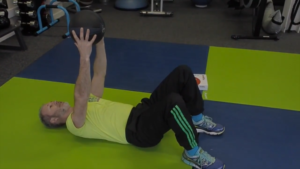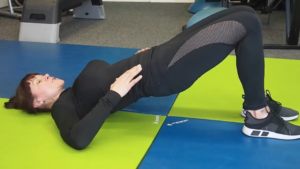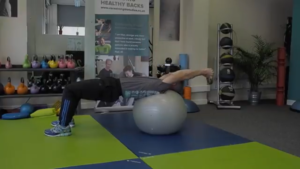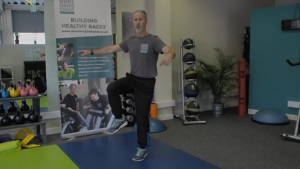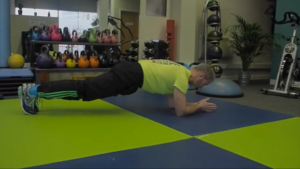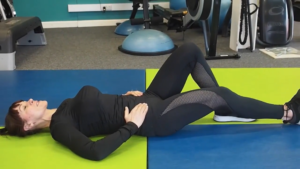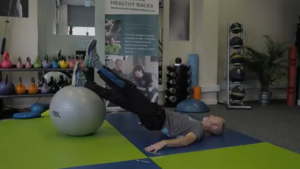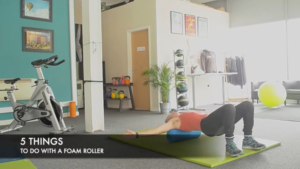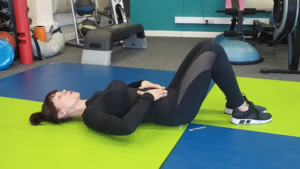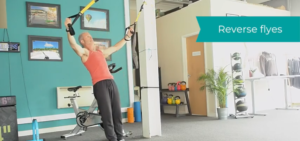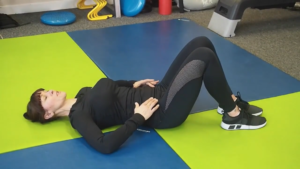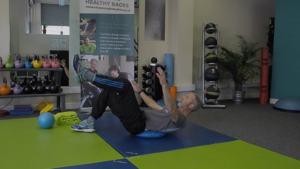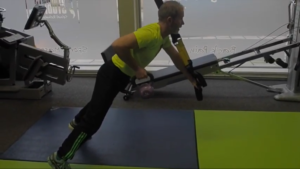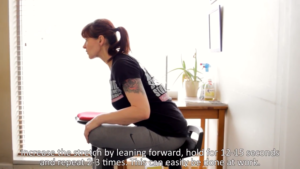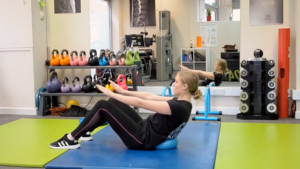How many times have you absent-mindedly put on your heated seat in the car to soothe your aching back?
Indeed, a toasty back-rest will alleviate your discomfort, but wouldn’t it be better to not have the unpleasantness of back pain in the first place? Of course, this would come with the added bonus of being able to sit in ANY seat without your back shouting it’s displeasure at you.
“people who regularly spend more than 4 hours a day at the wheel are at increased risk of developing back problems.”
30-60% of drivers cite back pain which is caused or made worse by driving and people who regularly spend more than 4 hours a day at the wheel are at increased risk of developing back problems.

Although our cars may not be entirely to blame – after all, our bodies are designed to move and holding them in any static position for a prolonged period will result in discomfort – there are a number of common reasons why drivers experience more back pain:
Your Feet on the Pedals
With your feet being used to control the pedals, they are unable to do their regular job of stabilising and supporting the upper body, as they would when you normally sit. As a result, the muscles of the low back and hips work overtime to try and provide this stabilisation.
Solution
- Position yourself so your knees are at a right-angle. This puts your feet at the right height to avoid transferring stress to your lower back. Adjust your seat height or use a cushion to level your hips and knees.
- Rest your clutch foot on the floor when not in use and use cruise-control on longer journeys if you have it, so you can rest both feet on the floor.
Posture
Although many car seats aren’t designed for optimum posture, we often don’t help ourselves. Sitting too far away from the steering wheel so you have to round forwards to steer is a common problem, as is the wheel being too high or too low, causing tension in the shoulders.
Likewise, if you’re positioned too far from the pedals, you’ll find that you reach with the legs and with the stability of your back already compromised, your low back will fatigue quickly and cause you to slump.
Your Psoas muscle is one of the primary hip flexors. It stretches from the top of your thigh bone to your low back and when it is in a prolonged shortened state (as it is when you’re sitting down), it can tighten over time and pull on your low back.
If your accelerator foot rests on the pedal with your leg rotated outwards, this is a good indicator that your Psoas muscle is tight which may be contributing to your back pain.
If your knees are higher than your hips, this can cause over-tightening of the Psoas, as well as your thighs not being able to provide stability for your upper body.
Solution
- Move your seat forwards if your feet are unable to press down fully on the clutch without having to overstretch your legs. This will increase stability and lessen the load on your hips flexor muscles.
- Make sure your hips aren’t higher than your knees. If they are, adjust your seat height or sit on a cushion.
- Position your seat and steering wheel so that your shoulders maintain contact the backrest and you can reach the steering wheel with a slight bend in your elbow.
- Push your buttocks back into the backrest so your lower back is supported by the lumbar support of the seat. If you still feel that you’re slumping forwards, roll up a towel and place in your low back, or invest in a lumbar support to place on the seat.
- Keep your knees on top and avoid rotating your legs or feet outwards.
- Align the upper edge of your headrest with the top of your head so you can comfortably rest your head on it without craning your head forward or back.
Bumps in the Road
Your body is exposed to different forces when you drive. Vibrations from the bumps in the road, forward, backward and side-to-side movements when you accelerate and decelarate all increase spinal loading in the low back which puts you at increased risk of injury as the spine tries to absorb these forces and vibrations.
One study revealed that long-term vibration exposure from driving was among the highest risk factors for neck, back and low-back problems.
Solution
- Slightly recline your seat so you have a 100-110 angle at your upper and lower body. By doing this, less pressure will be applied to your discs than if you were in an upright position, exposing your spine to less stress.
- Replace worn shock absorbers and tyres to limit the bounce and vibrations in the car.
The Contents of Your Pockets
Sitting on your wallet or phone in your back pocket puts pressure on the muscles in your buttocks and can cause sciatic or back pain.
Your sciatic nerve, which runs behind your hip joint, can get pinched between whatever is in your pocket and your hip, causing pain to radiate down your legs.
Having items in your back pocket can also cause your pelvis to tilt which in turn puts pressure on your back and can cause an imbalance in the muscles.
Solution
- Empty your pockets before you sit down!
Preventing back pain when driving will take some adjustments. There is no one-size-fits-all solution so use trial and error to find what works for you.
As well as the above, it’s important to take regular breaks to get out of the car, move around and stretch. Your body wants to move, allow it to do so and you’ll be rewarded with a comfortable, pain-free journey.
If you are experiencing back pain when you drive and would like to speak to a specialist about getting stronger so you can enjoy more comfortable driving, please complete the form below to register for a complimentary consultation. Once submitted, we’ll be in touch to book your session.
Claim your complimentary consultation


